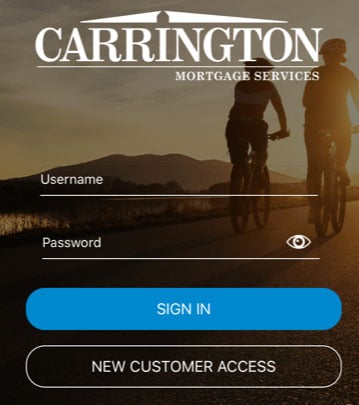How Manual Underwriting Can Turn a Challenging Application into an Approved One

We live in an automated world where you can buy groceries with the press of a button and apply for a mortgage online in minutes. The underwriting process can be nerve wracking for potential homeowners as they search for bank statements, credit card statements and pay stubs and submit them wondering if there is something hidden that will cause their mortgage application to be rejected. Underwriting is often an automated process – provide information and wait to find out if you’re approved or rejected. Sporadic income, bad credit or lack of credit history generally will negatively impact chances of getting a mortgage. Luckily, there’s a way to move beyond the automated process and put your loan application into the hands of a lender that understands your situation: manual underwriting.
What is Manual Underwriting? Instead of a computer program evaluating your ability to repay the mortgage, a lender will manually review your data and come to a conclusion whether the loan should be approved. When working with a manual underwriter, potential homeowners can add details that may help overcome the strict standards that cause a loan to be systemically rejected via automated underwriting technology. Manually underwritten loans can help non-traditional borrowing situations, such as the following:
- Mortgage with Unconventional Income: For freelance workers, contract workers, and the self-employed, manual underwriting helps the lender understand the context of the inconsistent income.
- Mortgage with Bad Credit History: For borrowers with a low credit score or shaky credit history, manual underwriting can assist the lender in determining the borrower’s creditworthiness by reviewing more details to get the full credit picture.
- Mortgage with Little or No Credit History: For borrowers with no other credit history, such as credit cards or auto loans, manual underwriting may account for other factors that an automated underwriting system might reject.
Manual underwriting builds a relationship with the lender and puts a complete story behind the application. There are many reasons for needing a manually underwritten mortgage; its availability means those who may be have had challenges through the automated process could have the chance to purchase the home of their dreams. Just remember to be patient. The process for manual underwriting does take a little more time for approval and more documentation is often required. In the end, a manually underwritten loan may be a viable option when it comes to getting the loan needed to purchase your new home.


